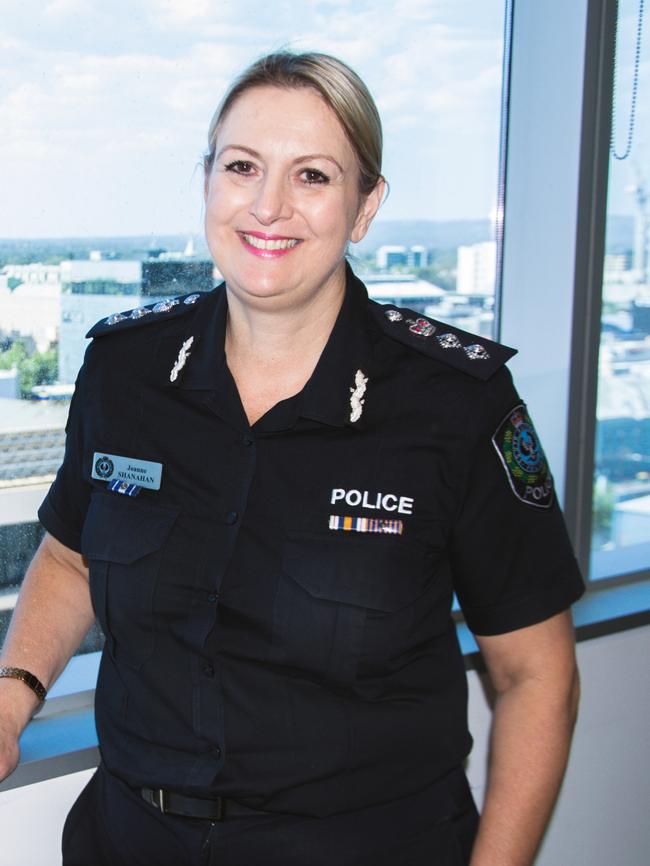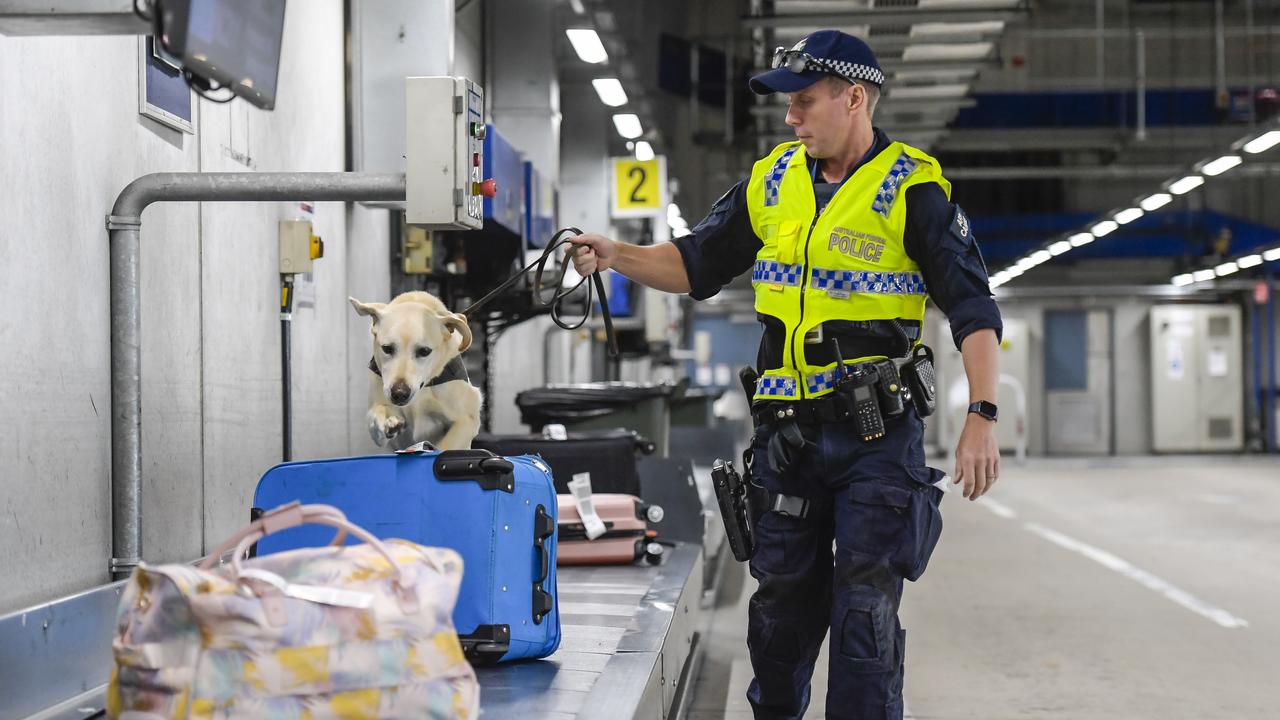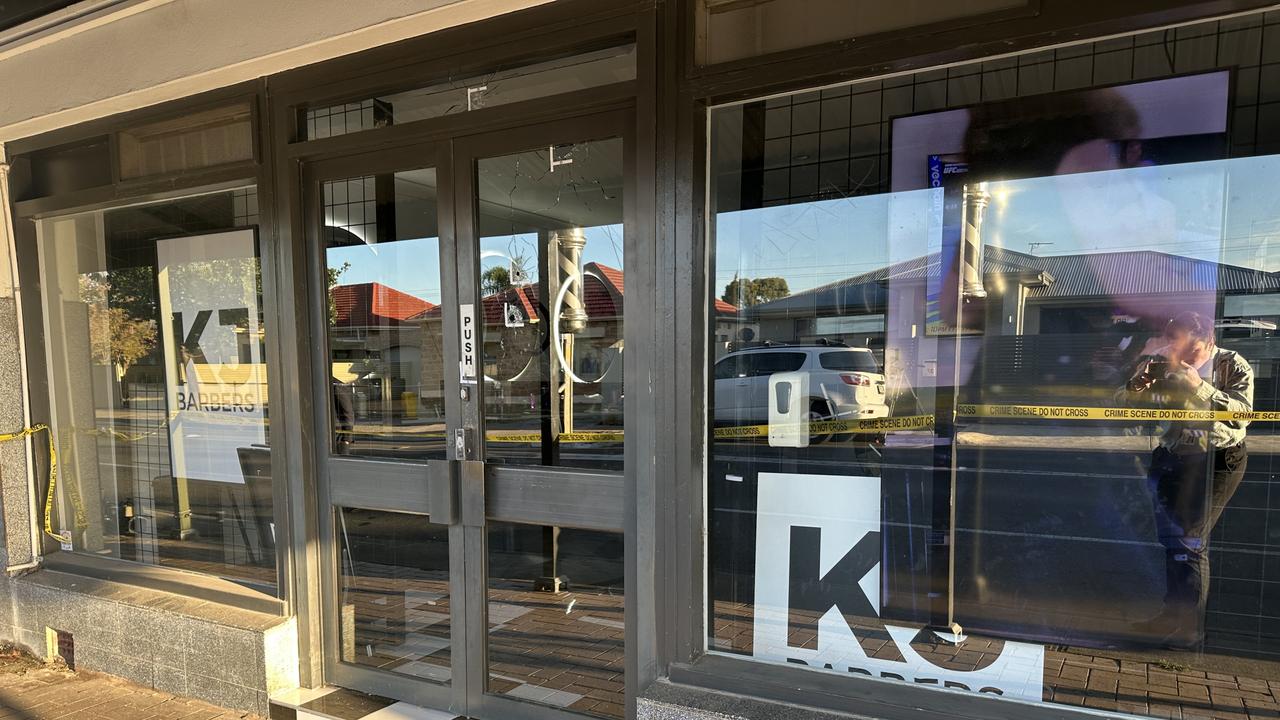Inquest into police resources to intercept Harrison Kitt before fatal crash that killed Joanne Shanahan and Tania McNeill
Police are investigating whether live time traffic cameras are a possibility in the future after a killer driver’s car couldn’t be identified in the lead-up to the crash.

Police & Courts
Don't miss out on the headlines from Police & Courts. Followed categories will be added to My News.
Live time traffic cameras to identify dangerous driving may be a possibility in the future after a killer driver’s car couldn’t be identified in the lead-up to the horror crash.
An inquest has heard Harrison Kitt was reported by multiple witnesses speeding up to an hour before he killed senior police officer Joanne Shanahan and mother Tania McNeill.
Opening the inquest on Tuesday, counsel assisting Martin Kirby said the current technology meant Kitt’s vehicle wasn’t able to be identified and his registration plate hadn’t been noted.
Mr Kitt was travelling at 167km/h and on the incorrect side of the road when he entered the intersection of Fullarton and Cross roads, Urrbrae, against a red traffic light at 1.40pm on April 25, 2020.
His Volkswagen collided firstly with Mrs McNeill’s BMW sedan which was travelling north on Fullarton Road and then with an eastbound Holden SUV, in which Mrs Shanahan was a front passenger.
Both Mrs Shanahan and Mrs McNeill died at the scene.


Mr Kirby said Mr Kitt was reported to SA police by a number of witnesses to be driving dangerously and at high speeds but they could not provide the registration plate.
The inquest heard Mr Kitt, while affected by undiagnosed bipolar disorder, was also clocked by a speed camera at 12.41pm travelling north on Victor Harbor Road, Tatachilla, at a speed of 187km/h.
“Because of the technology used and the manner in which those fixed cameras operate, this information was not passed on to SA Police or any other authority,” Mr Kirby said.
“The unfortunate flow on from this limitation was that when later reports came of a speeding driver travelling dangerously on the Southern Expressway, the vehicle couldn’t be identified.”
Mr Kitt was found not guilty of causing the women’s deaths by reason of mental incompetence and was placed on a 10-year supervision order and released on licence in 2022.

Mr Kirby said the inquest would not be exploring Mr Kitt’s mental health at the time of the crash as it was his first episode of psychosis and could not be predicted.
Instead the inquest would focus on what resources were available to police in the hour before the fatal collision to identify and intercept Mr Kitt.
Mr Kirby said had the registration plate be known, it’s possible SA police might have had more options in their response.
This included attending Mr Kitt’s Urrbrae home, where he remained for nearly 40 minutes before driving away and causing the fatal crash.

The inquest was due to resume on Thursday but State Coroner David Whittle said he wanted more information about whether SAPOL were giving consideration to implementing fixed traffic cameras which could notify in real time of highly dangerous traffic breaches.
“If there had been an alert from a fixed traffic camera showing a rego number (for Kitt) then conceivably there could have been police at this man’s house before he left the house,” he said.
“One would think that that’s information that SAPOL would regard as operationally useful to say the least.”
Mr Whittle said there was a lot of following up needed to be done by SAPOL before they could tell the court about the possibility or practicality of these cameras.
Mr Kirby said they could investigate the issue further but it might take some time for an answer.
“We’ve got one vendor who says it’s not possible, we’ve got one vendor who appears to be suggesting with certain cameras it might be possible,” he said.
The inquest was adjourned until later this month.





